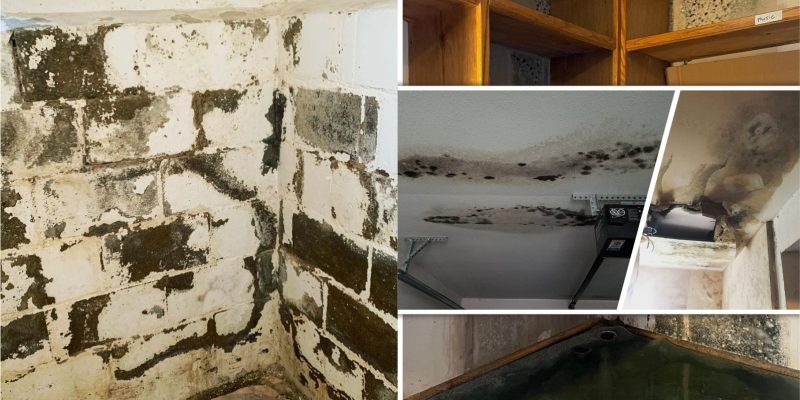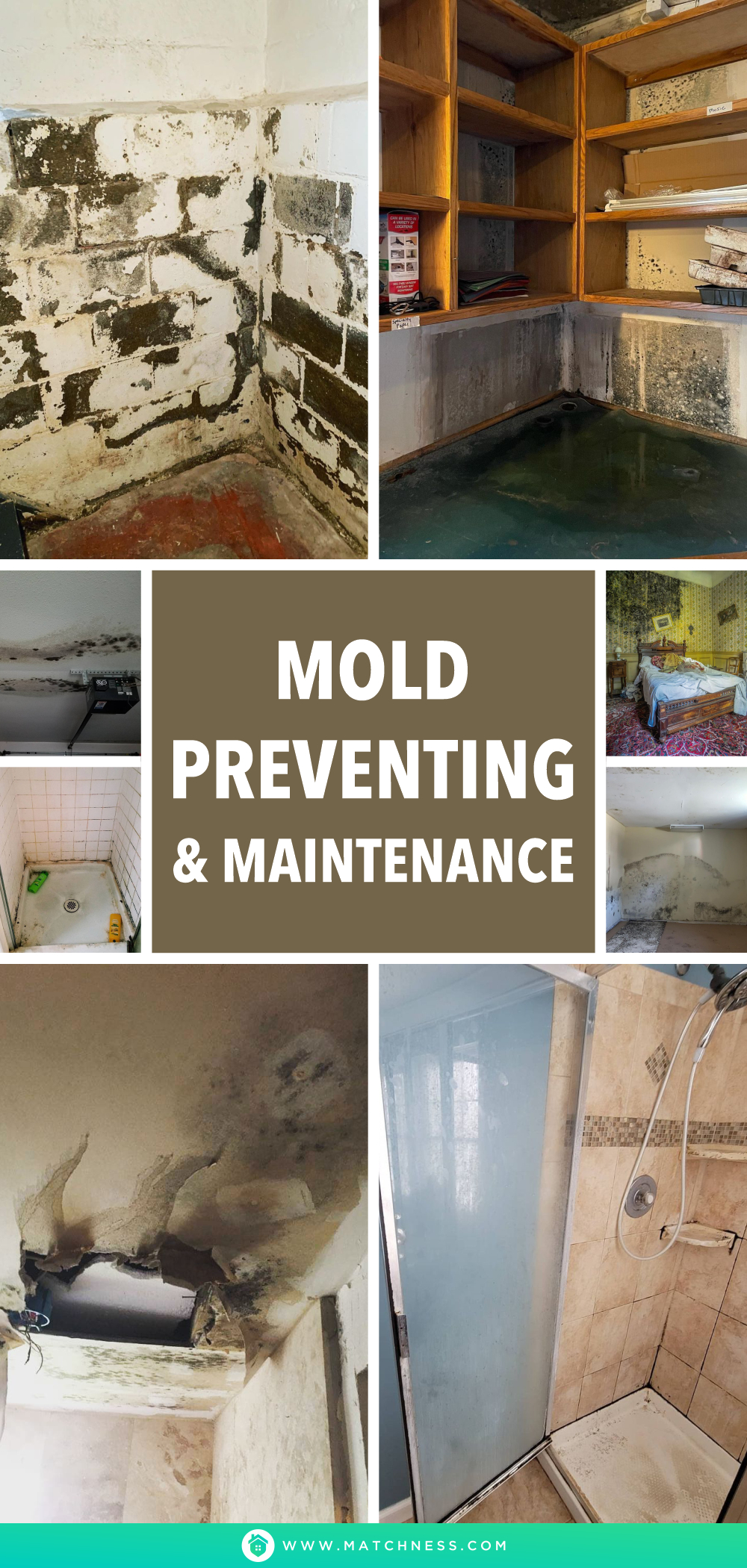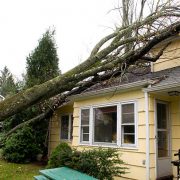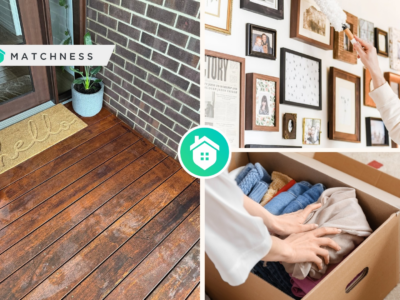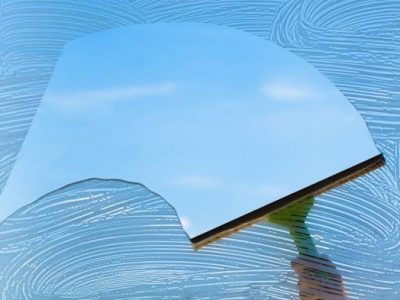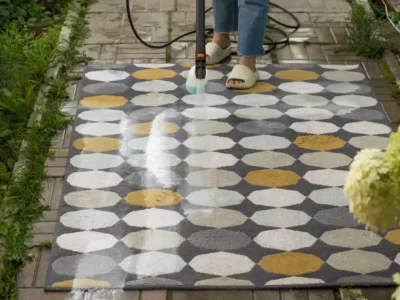Have you observed any signs of mold or moisture in your home lately? It’s crucial not to ignore the initial indications of mold taking hold. Mold doesn’t vanish by itself, so it’s important to take steps to manage it in your home.
Mold has the potential to exacerbate pre-existing respiratory issues like allergies or asthma and may even cause new ones. Certain individuals with a genetic predisposition or weakened immune systems are more vulnerable to illnesses caused by fungi and mold, which can be found in virtually every bathroom or kitchen.
What is Mold?
Mold refers to a type of fungal growth that thrives on moist or decomposing organic materials, and it comes in various colors and species. It’s also known as mildew, and can be found both indoors and outdoors, in any climate and season. Outdoors, molds rely on plants and decaying organic matter like fallen leaves for sustenance. On the other hand, indoor molds require moisture and a carbon source from building materials or contents to grow.
The primary cause of indoor mold growth is usually excess moisture. Molds propagate by releasing minuscule spores that travel through the air and settle in new locations. When these spores land on damp or wet surfaces, they can form new colonies of mold. Since most office buildings offer moderate temperatures and readily available nutrient sources, they are generally conducive to mold growth.
Mold exposure has been a part of human history, and the kinds of molds that exist in office buildings are neither rare nor uncommon. It’s important to recognize that no indoor setting is entirely immune to mold spores, including places like surgical operating rooms. Molds are omnipresent, which means that we are inevitably exposed to them, whether we’re indoors or outdoors, at work or at home.
Mold can appear as spots and can exhibit various colors, often emitting a musty odor. If you detect the presence of mold through sight or smell, it’s essential to remove it promptly.
Common Types of Mold
Each visible mold patch is in fact a complex ecosystem comprising numerous species and organisms. However, certain types of mold are more prevalent than others. In this regard, let’s explore the four most frequently encountered mold genera in indoor settings. Each genus contains hundreds of mold species, some of which pose health risks while others are harmless.
- Aspergillus: Molds have a variety of advantageous interactions with humans. For instance, Aspergillus species provide the source for at least 80% of the Vitamin C used in supplements, while other molds are used in the production of certain foods such as Japanese rice wine sake. Nonetheless, several mold species generate asthma and allergy triggers, in addition to carcinogenic toxins like aflatoxin. Furthermore, Aspergillus is capable of infecting immunocompromised individuals.
- Alternaria: Alternaria species play a significant role in natural decay processes. However, due to their high toxin production, they are known to cause extensive damage to crops. The toxins they produce are not well understood but can act as triggers for asthma and allergies and can also infect our mucous membranes.
- Cladosporium: Cladosporium species are prevalent worldwide and can thrive in various environments and climates. Although they can cause asthma and allergies, these molds are not known to produce any toxins. However, they are infamous for emitting unpleasant odors.
- Penicillium: This group of molds is recognized for their capacity to create the antibacterial compound penicillin, which has been utilized for decades to help combat infections in humans. However, some species within this group may also generate triggers for asthma and allergies.
To Prevent Mold Growth in Your Home
Here are some steps you can take to prevent mold growth in your home:
- Control moisture levels: Moisture is the primary catalyst for mold growth. Make sure to keep your home dry and maintain indoor humidity levels below 60% by using dehumidifiers, exhaust fans, or opening windows.
- Fix leaks promptly: Any leaks or water damage in your home should be addressed and repaired as soon as possible to prevent mold growth.
- Ensure proper ventilation: Proper ventilation in areas such as the kitchen, bathroom, and laundry room can help reduce moisture buildup and prevent mold growth.
- Clean and dry wet areas immediately: Any areas that become wet, whether from spills or flooding, should be cleaned and dried as soon as possible.
- Use mold-resistant materials: Use mold-resistant materials such as drywall, paint, or insulation to prevent mold growth.
- Monitor humidity levels: Keep track of indoor humidity levels using a hygrometer and take appropriate steps to maintain them within a safe range.
- Maintain air conditioning and heating systems: Properly maintaining and cleaning air conditioning and heating systems can prevent moisture buildup and mold growth.
Place to Check for Mold In your Home
- Bathroom: In the shower and bathtub, the sink and toilet, and in the walls and on the floor.
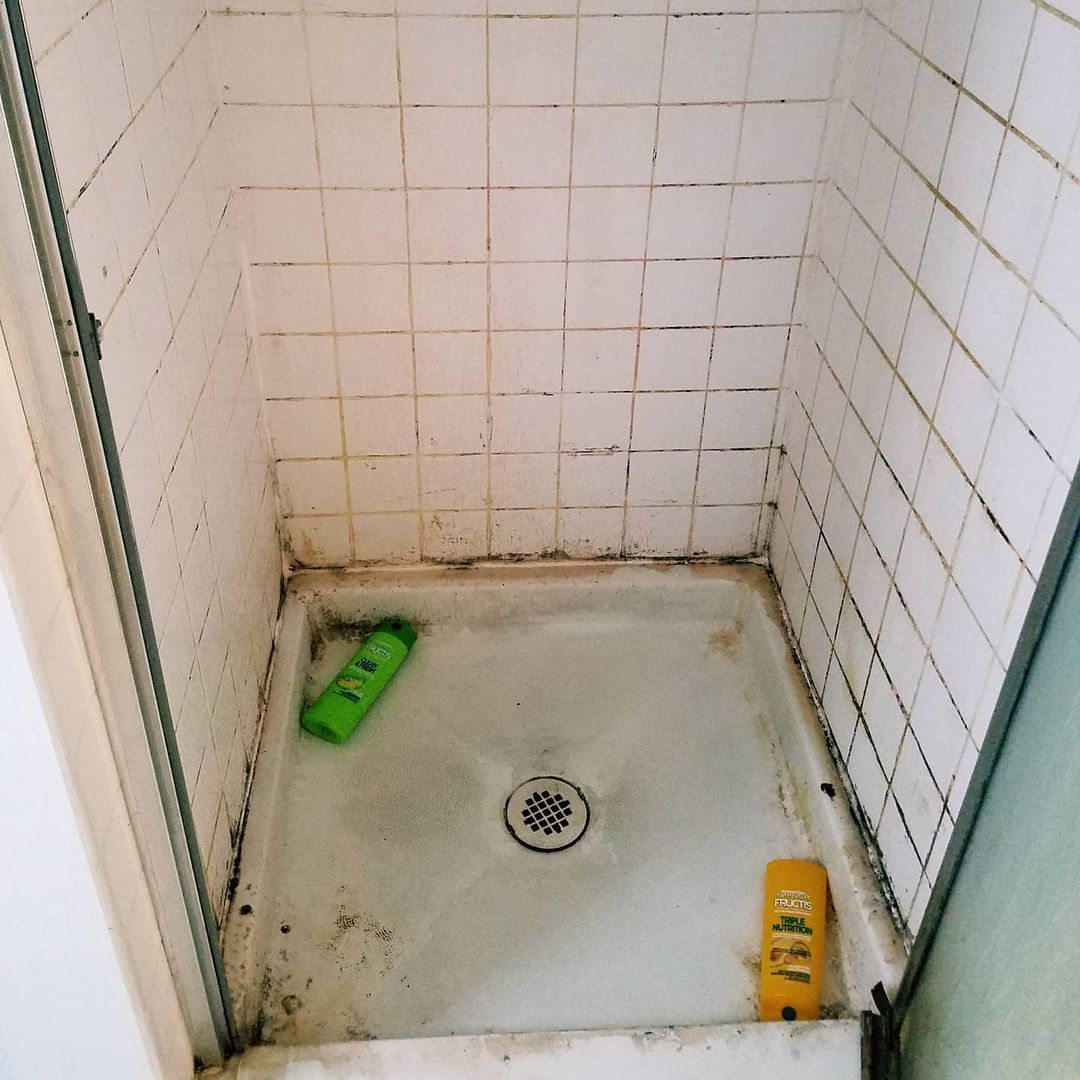
You need to pay attention to cleaning mold in the bathroom. Using a cleanser and then brushing it will give it a clean and tidy look. Mold Shower Room from @housekeepingbysusan
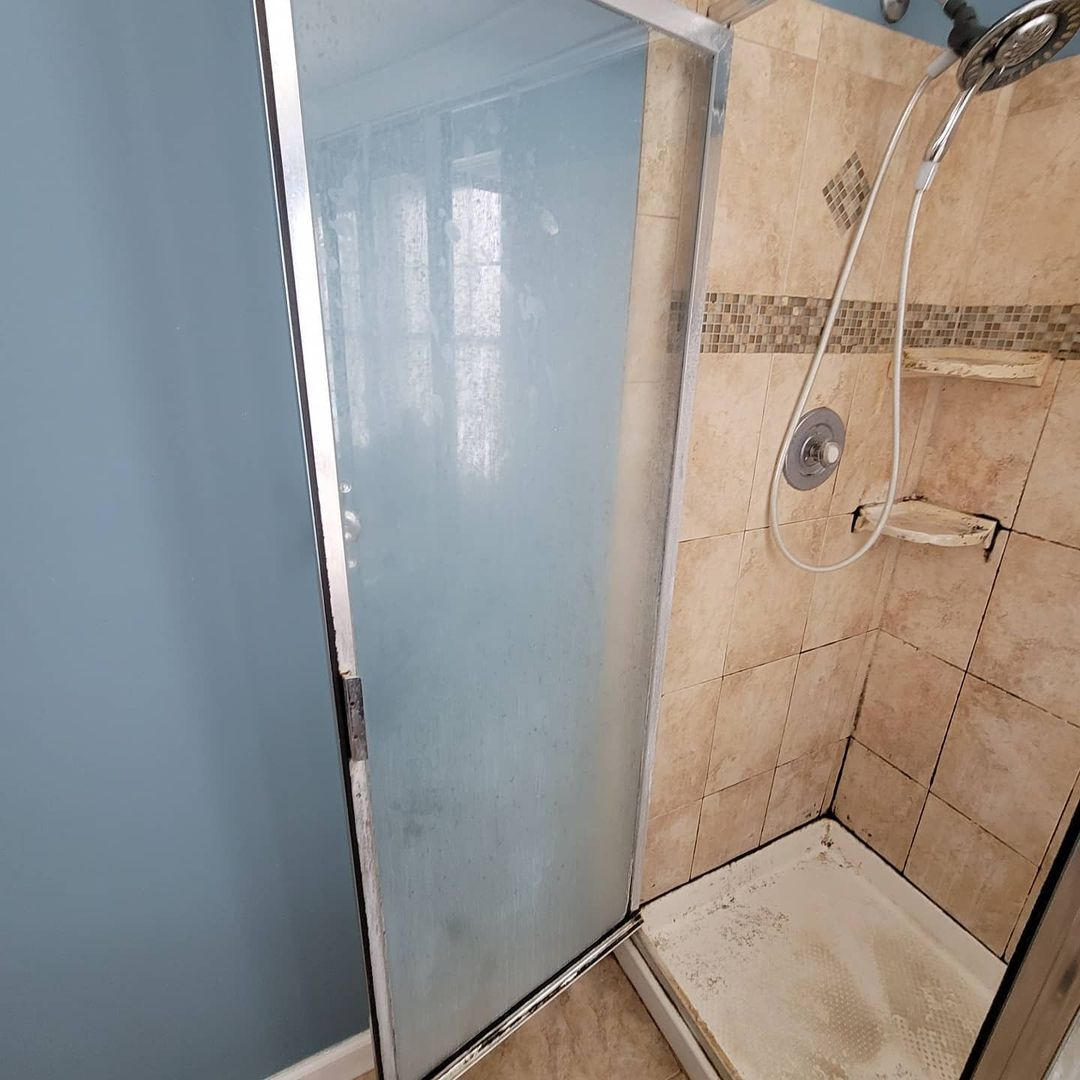
Mold in the shower room gives your bathroom a dirty and disgusting appearance. This mold is easy for you to clean, just use a floor cleaner and a brush for clean results. Mold Bathroom from @housekeepingbysusan
- Kitchen: In, on, and under the kitchen sink, the refrigerator and pantry, microwave and stove, and other places in the kitchen.
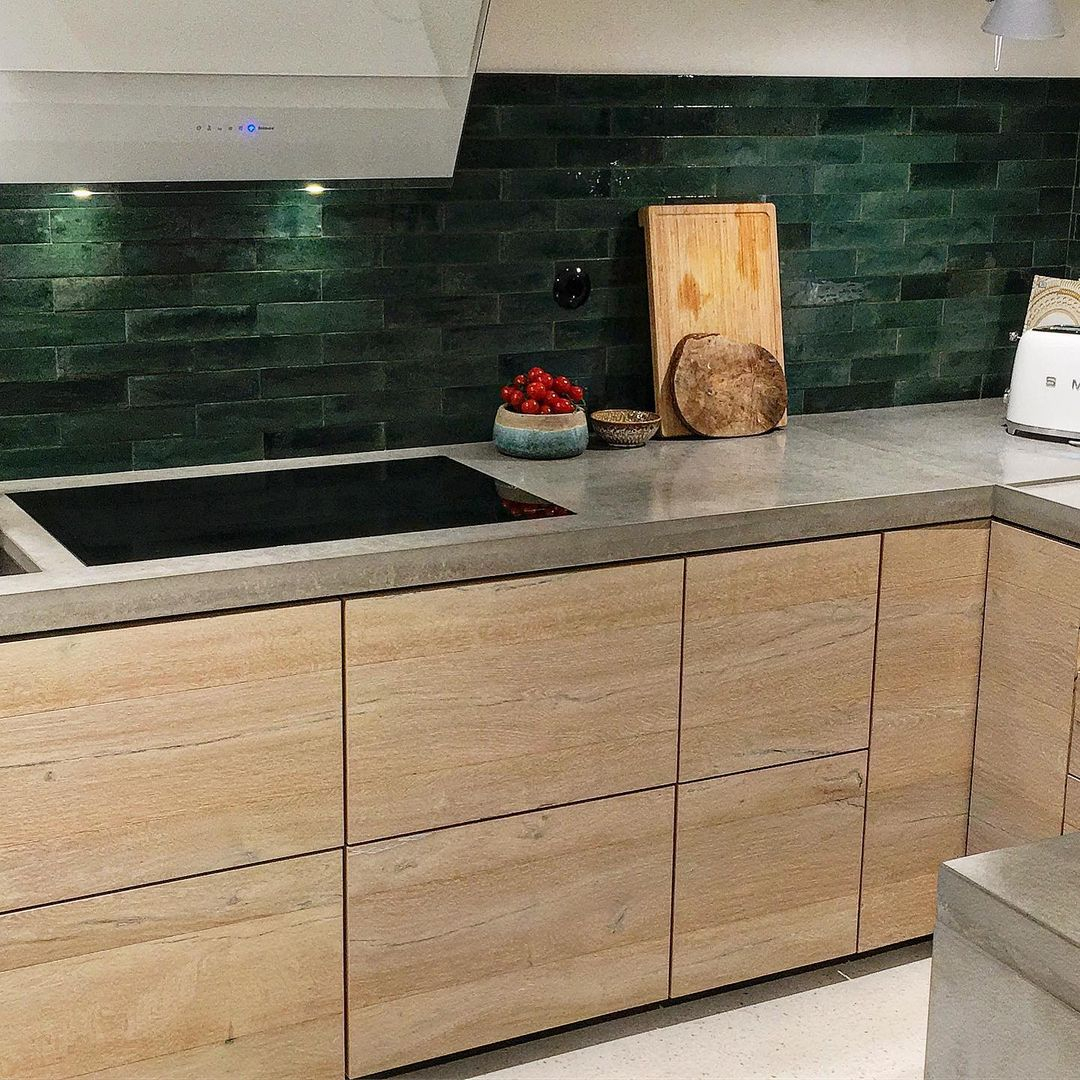
Mold can also grow on the sidelines of the kitchen counter. Therefore you can clean it every day to inhibit the rapid growth of mold. Mold Kitchen from @werftbeton
- Bedroom: On your mattress, windows and window sills, and air conditioning and heating vents.
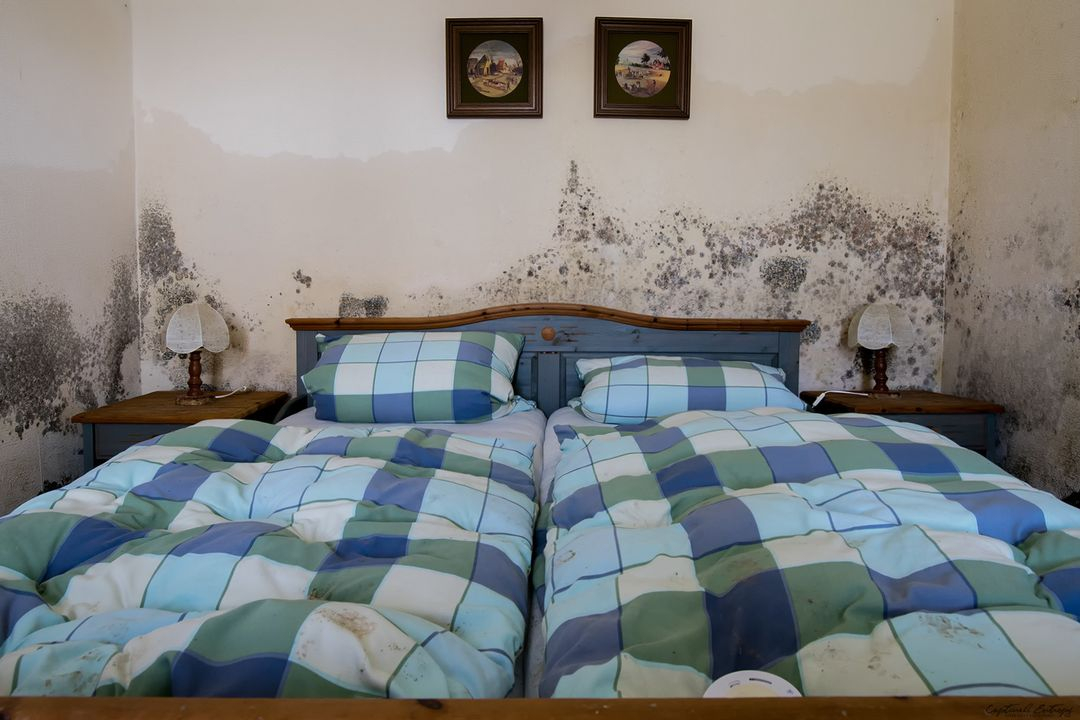
See the picture above looks disgusting right? Bedroom walls that have minimal maintenance will produce nesting fungi and will make your room look dirty and dirty. Mold Wall Bedroom from @captured_entropy
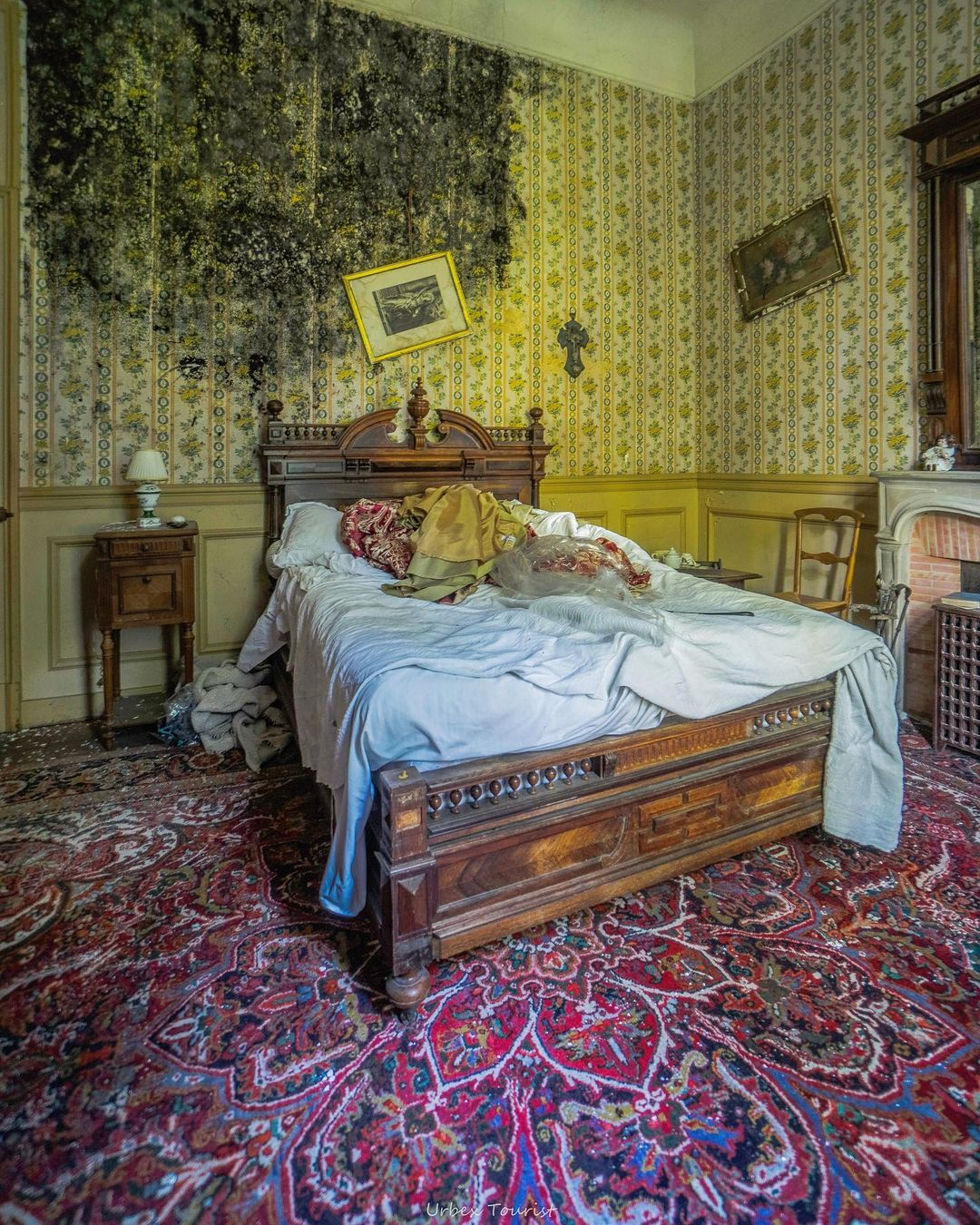
Bedroom walls that are equipped with this wallpaper can become mushroom nests. This can create a dirty and disgusting bedroom look. Mold Bedroom from @urbex_tourist
- Living room: Couch and curtains, indoor plants, and fireplace and chimney.
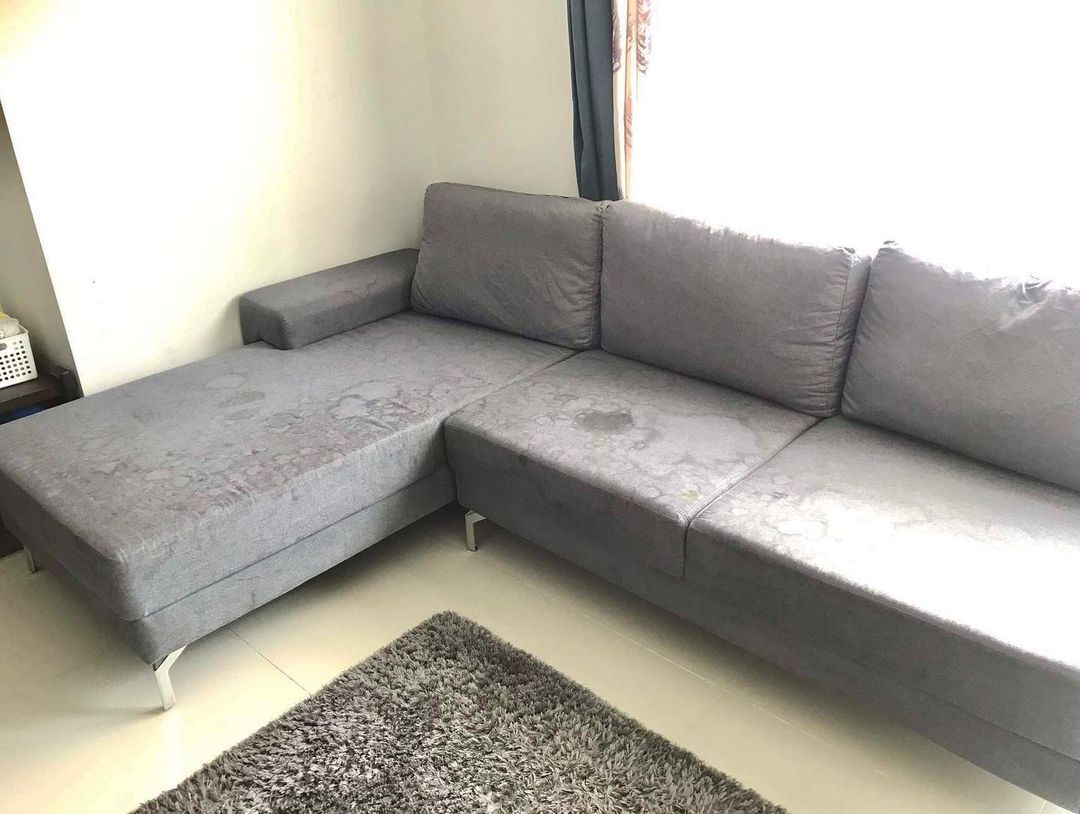
A dirty sofa if left for a long time will cause mold. Therefore you have to clean it as soon as possible to produce a comfortable living room. Mold Sofa from @cleanprojectmanila
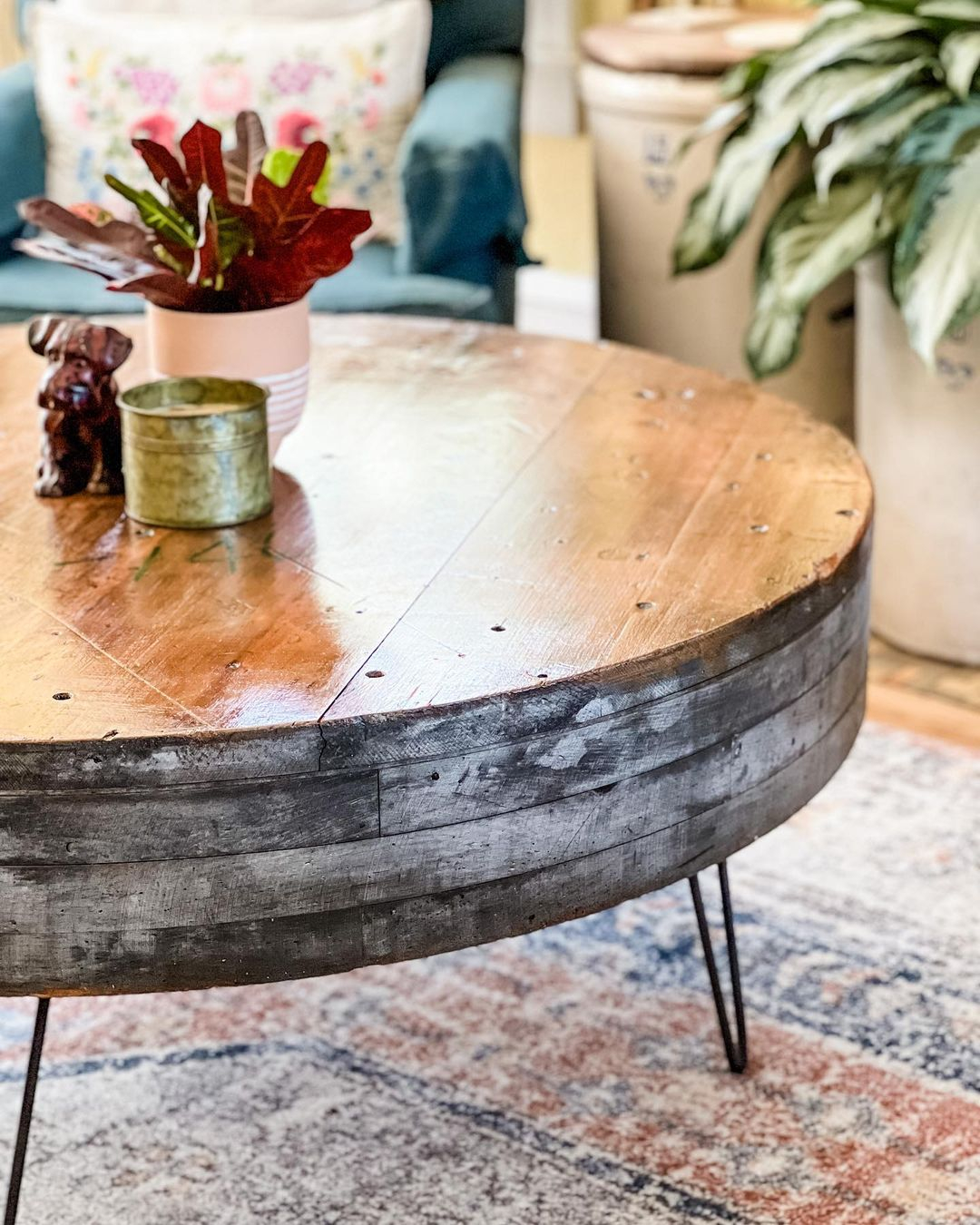
This coffee table is made of wood, if it is not covered with lacquer paint it will produce a lot of mold on its surface. So you can undertake a coffee table repair project for a clean and new look Mold Coffee Table from @revival_cle
- Attic: On the roof, near any possible leaks, in your insulation, near any vents from the kitchen, bathroom, or laundry room/dryer, near your water heater or furnace and around your soffit vents.
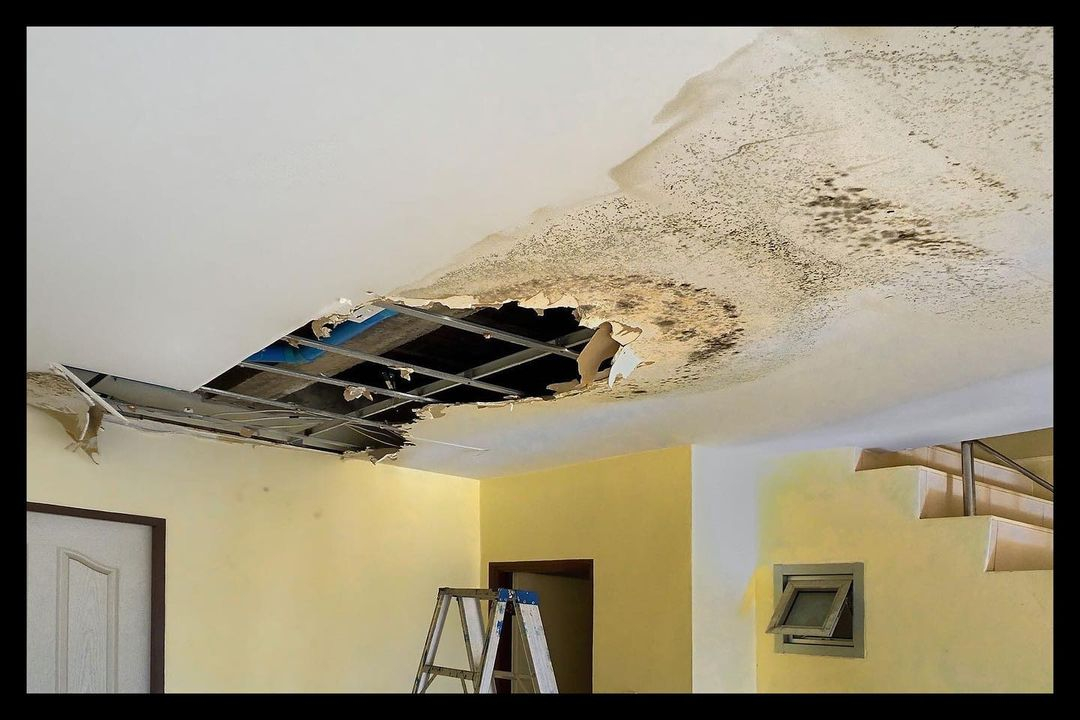
This mold-filled roof ceiling will give a dirty and dirty look. The fungus on the roof is caused by a leak in the tiles, which makes the ceiling of this house dirty. Mold Ceiling from @mineosalcedolaw
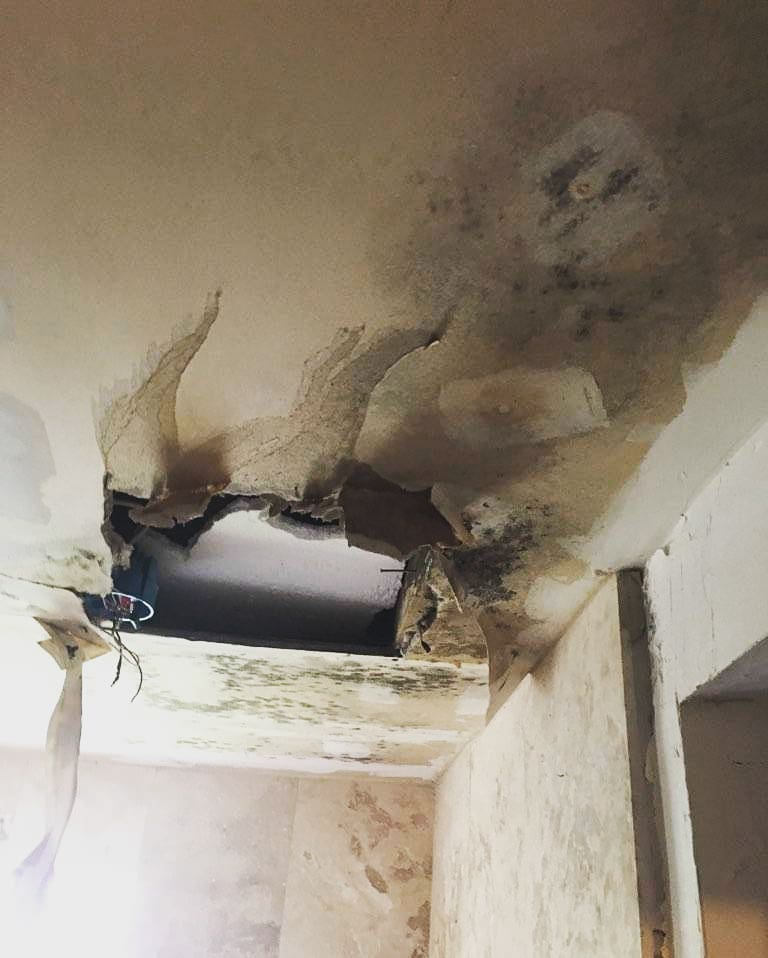
A leaky roof will give a damaged and moldy ceiling. A roof like this will produce a dirty and dirty room design. Mold Ceiling Attic from @ericasplumbing
- Basement: Around piped and ducting, near areas where the foundation may be leaking, near a sump pump, and windows or vents where condensation might gather.
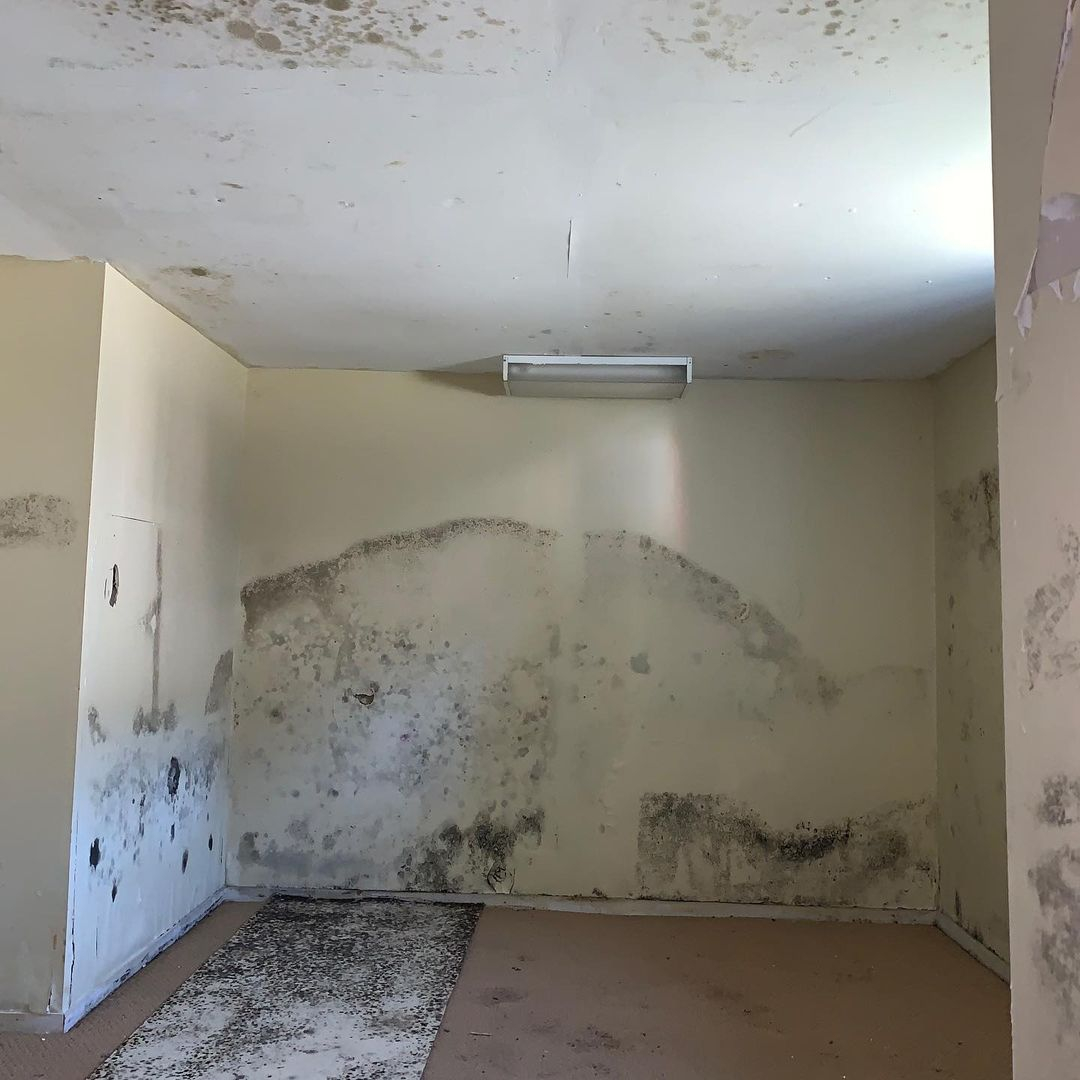
in this basement untreated walls will develop stubborn mold. You can clean it yourself by brushing and spraying it with high air pressure. Mold Growth from @daviesenvironmental

This basement wall is filled with fungus which will make it look dirty and dirty. To prevent that from happening, you can clean it by brushing it and then repaint it for a new look. Wall Basement from @syracuseenv
- Garage: Behind or under any storage areas that don’t get moved around very often, around the garage doors and windows, and in an areas where water may be standing for long periods of time.
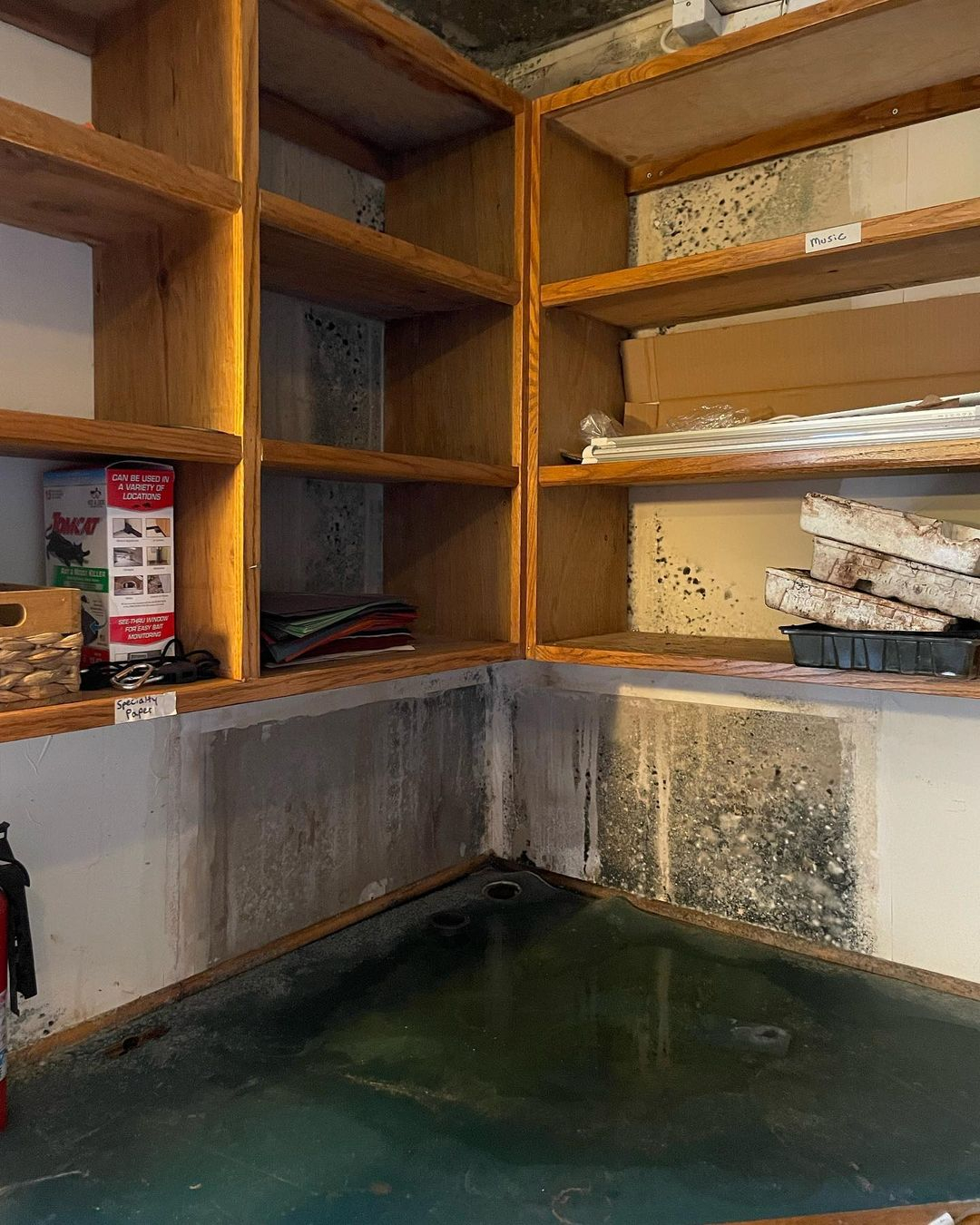
This moldy kitchen shelf will cause damage if left for a long time. This fungus is caused by seeping water, making your walls dirty and moldy. Mold Wall Rack from @christine.sine
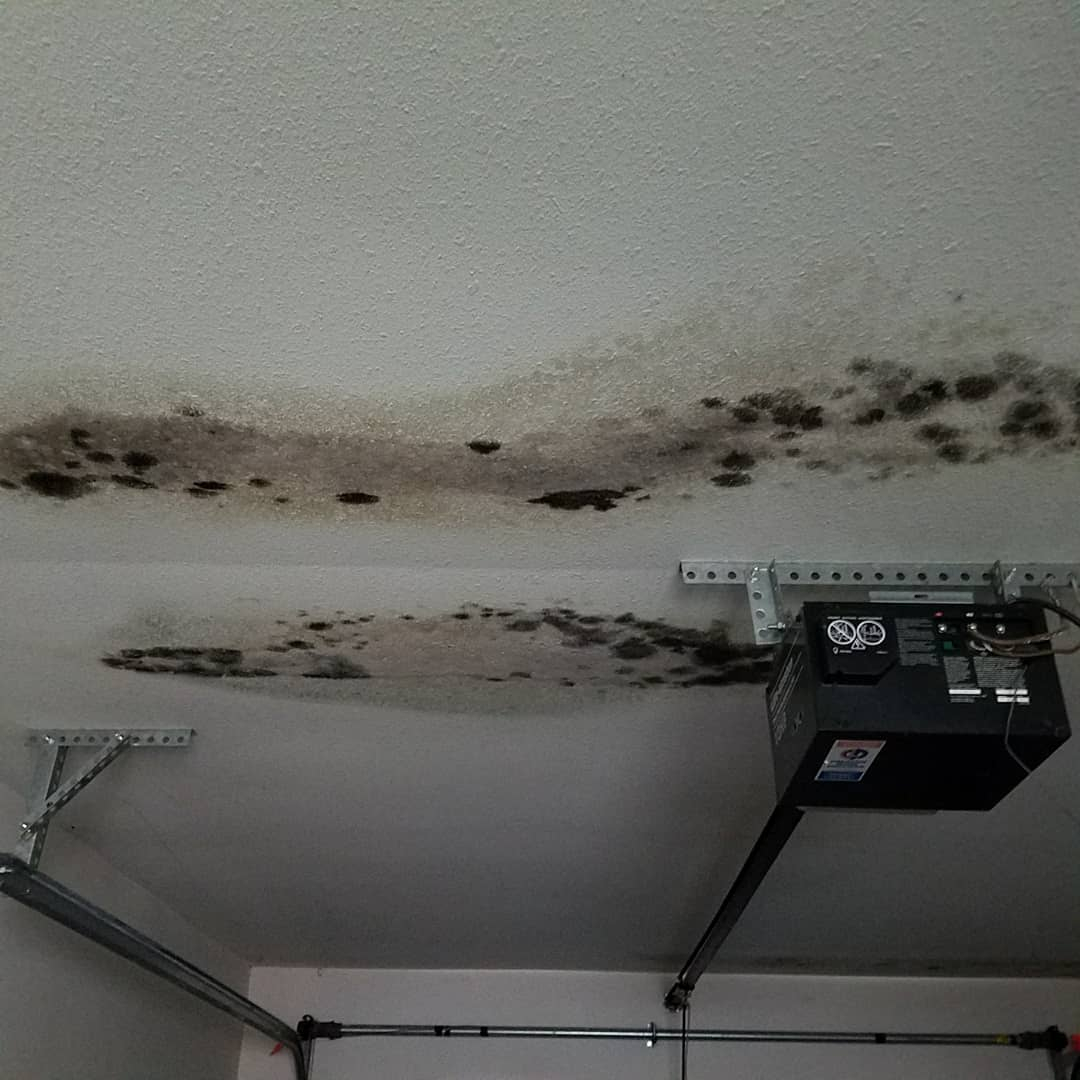
The garage roof of this house is also filled with mold. This fungus grows due to water seepage so it will make a dirty and clean appearance. Carport Mold from @mbenvironmental.ca
Maintenance
Maintaining a mold-free home requires ongoing effort and attention. Here are some tips for mold maintenance at home:
- Regularly clean and dry damp areas: Regularly clean and dry damp areas such as bathrooms, kitchens, and basements to prevent mold growth.
- Properly ventilate your home: Ensure proper ventilation in your home by opening windows or using exhaust fans to reduce moisture buildup.
- Fix leaks promptly: Promptly address any leaks or water damage in your home to prevent mold growth.
- Use mold-resistant materials: Use mold-resistant materials such as drywall, paint, or insulation to prevent mold growth.
- Monitor indoor humidity levels: Use a hygrometer to monitor indoor humidity levels and take steps to maintain them within a safe range.
- Inspect your home regularly: Regularly inspect your home for any signs of mold growth, such as musty odors or discoloration on surfaces.
- Hire a professional for mold remediation: If you detect mold growth, consider hiring a professional mold remediation service to safely remove it and prevent it from returning.
By following these tips, you can effectively maintain a mold-free home and prevent health issues associated with mold exposure.


